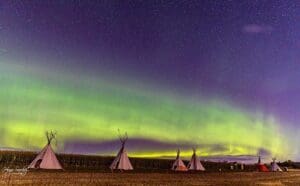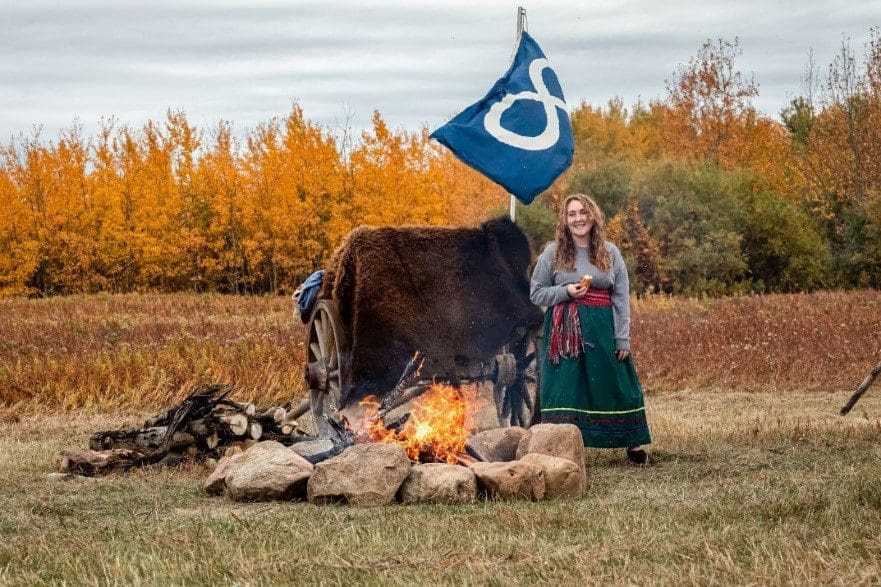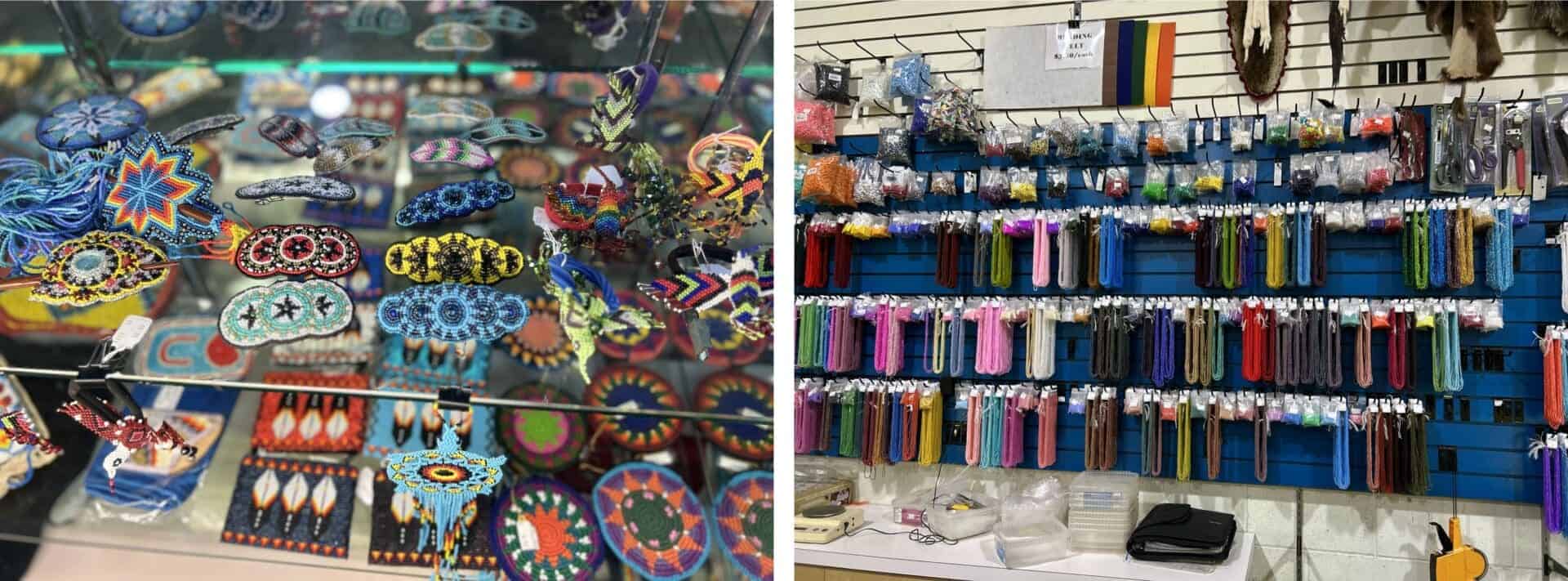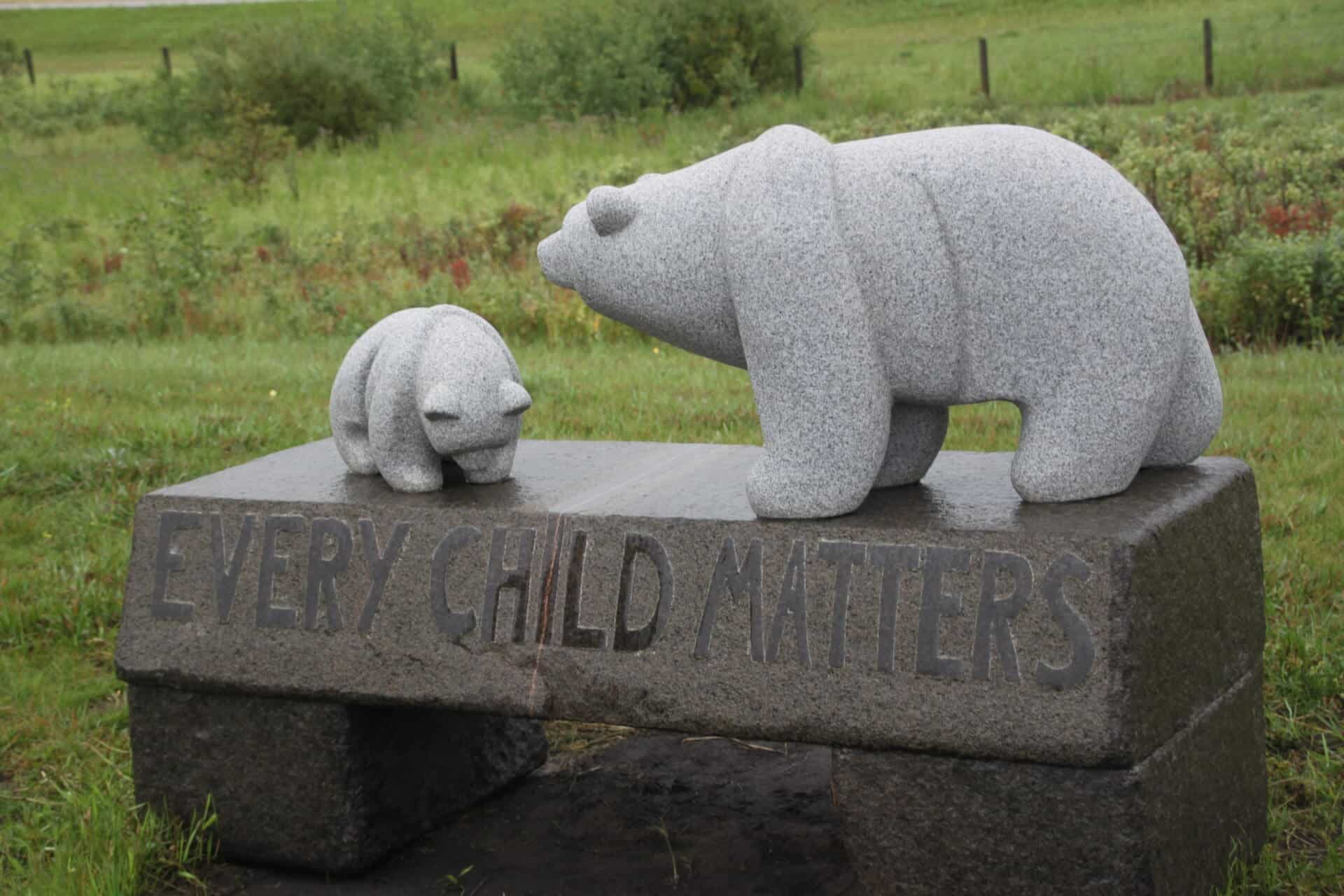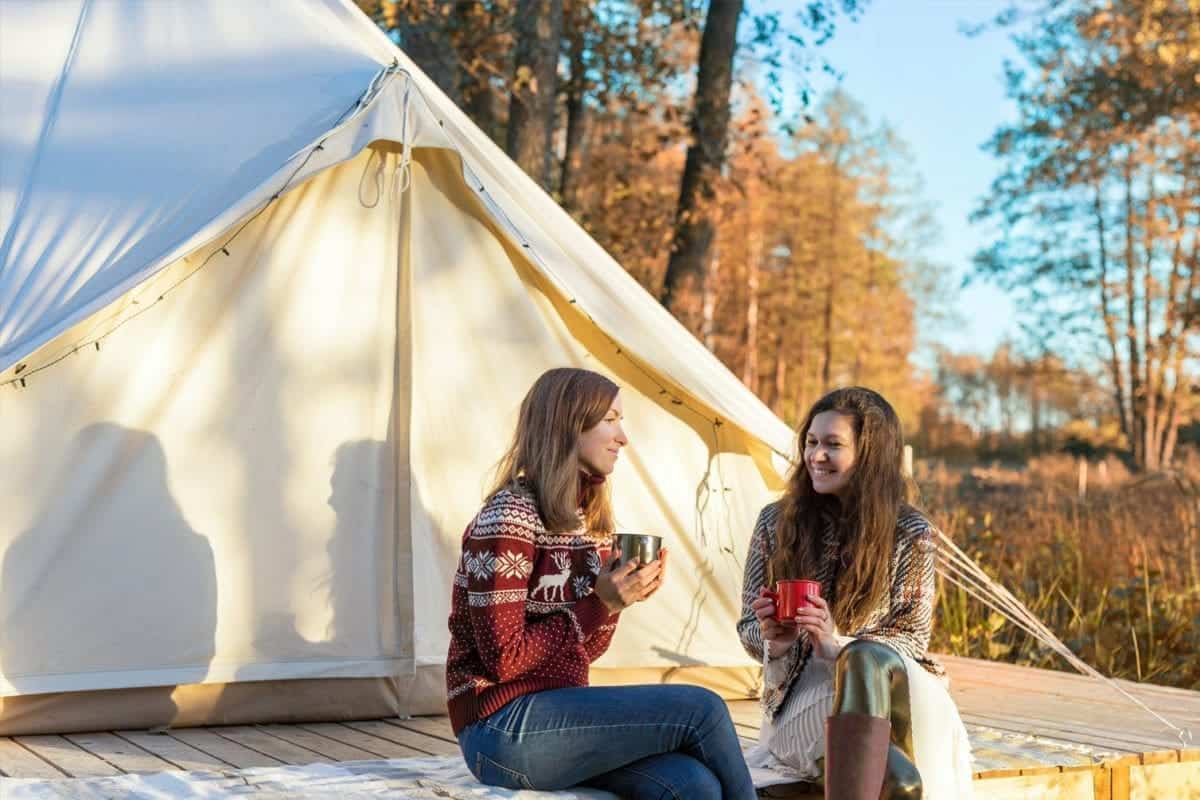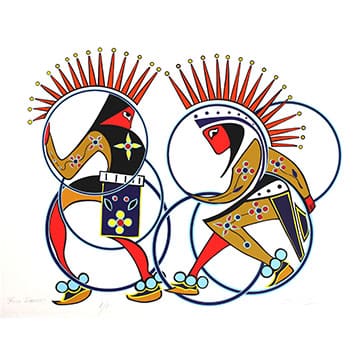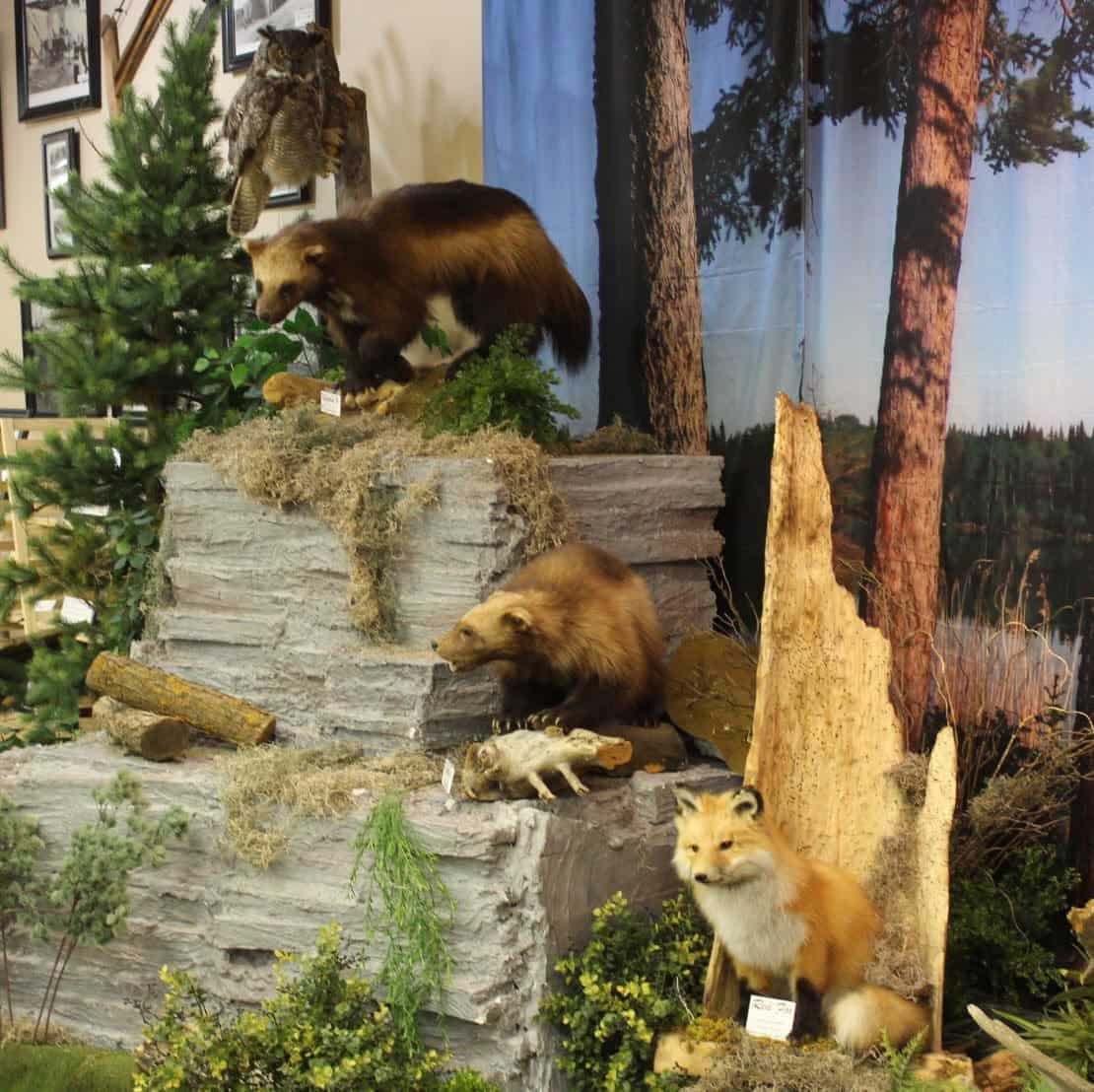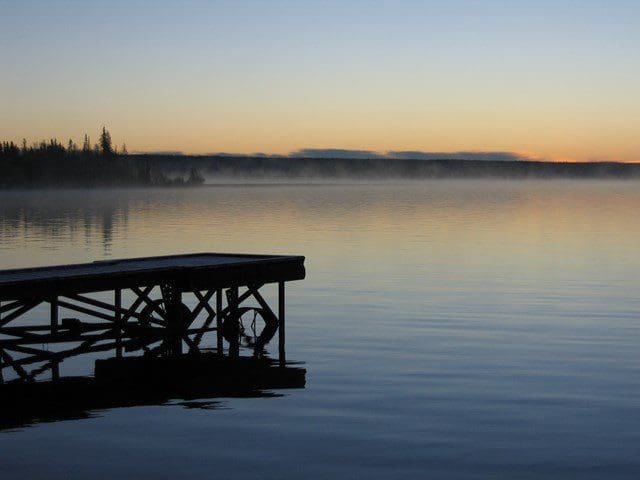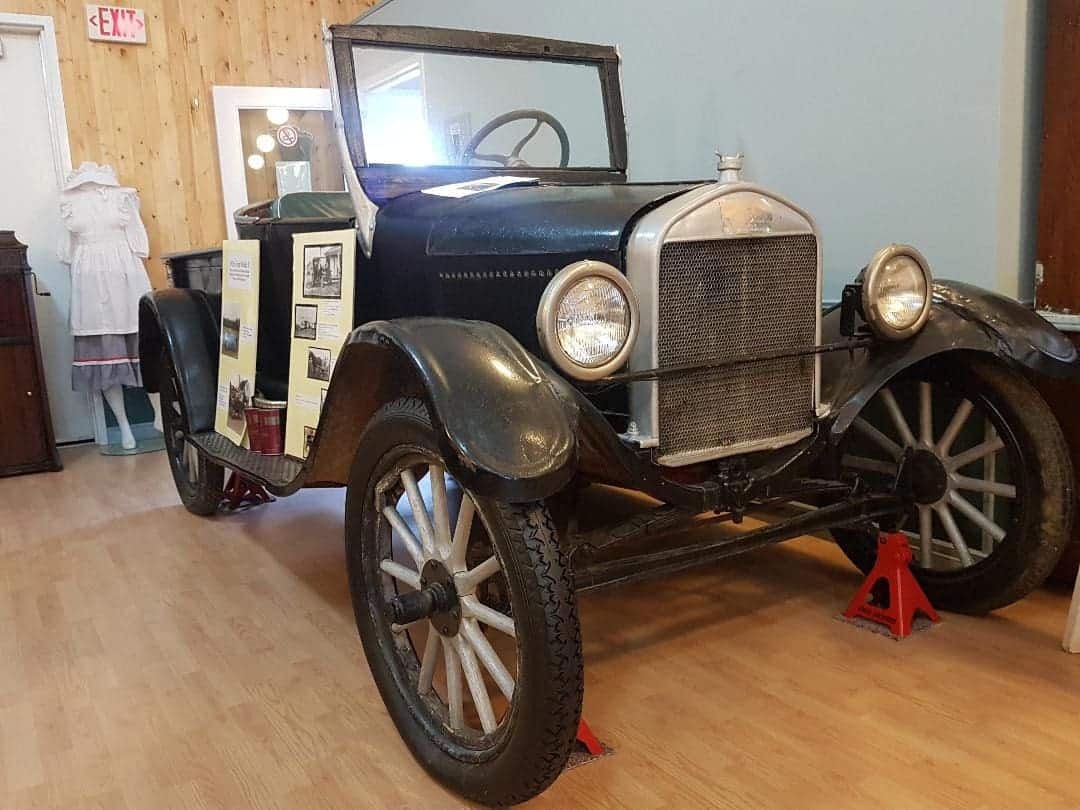Northeast of Edmonton INDIGENOUS EXPERIENCES
Updated July 12, 2024
Spend a day, a weekend, or take a week to immerse yourself in the Indigenous cultural experiences northeast of Edmonton.
Prairie Gardens
Bon Accord is Canada’s First Dark Sky community. Under these glorious skies, 1 km north of the Prairie Gardens site, the farm is home to the new “Payhonin National Healing Forest”. In collaboration with Respected Elder Bill Bertschy, of Rising Thunder Tourism, the farm offers Mitákuye Oyásin – “we are all related” – tailor made Indigenous group experiences, which include storytelling, drumming, song and dance to connect visitors to the land and each other as we journey together through time and reconciliation. Forest immersion opportunities for guests to connect with the land and each other. Learn about the medicines from the forest, the rooted nation, and the wildlife – the ones that fly, the ones that crawl, the four legged ones, and the star nation in our beautiful night skies, where we strive to live in harmony with our indigenous community in Treaty Six Territory. Call to find out more today. 780-921-2272. Visit us online: PrairieGardens.org
Heading northeast on Highway 28 you can start your adventure at the Village of Waskatenau. Just south of the village, on Highway 831, you will find the Victoria Trail. This trail is known as the ancient path that was travelled along the river between Edmonton and Fort Victoria. Follow the trail east from Highway 831 and experience a portion of the trail, which was first explored by Anthony Henday in 1754-1755. However, this trail had been created and used by the Indigenous peoples for hundreds of years before Henday arrived. Just a short distance from Highway 831 along the trail you will find the new Pine Creek Retreat, offering Indigenous experiences and unique accommodations in a tranquil setting.
Off Highway 855 just south of Smoky Lake, on the west side of the highway, along the North Saskatchewan River, you will find Métis Crossing. Métis Crossing is the first major Métis cultural interpretive centre in Alberta, and is Alberta’s premier cultural destination. The centre engages visitors through their heads, hearts, hands, and hunger. Experience family friendly, outdoor activities and Signature Experiences including the Visions, Hopes and Dreams Wildlife park home to Plains and Wood Bison and other heritage species. The Cultural Gathering Centre showcase traditional Metis craftsmanship and is home to a gift shop, and is popular for special events and gatherings. Tempt your taste buds and try land-to-table cuisine that has been crafted from locally harvested flavours. Stay at the boutique luxury lodge to relax and reconnect in a special blend of comfort and Metis history. Plan to spend the night camping along the river or book a traditional trapper tent or sleep under the stars in the new sky watching domes. Learn more at www.metiscrossing.com
Travel east for an hour on Highways 28, 36 and 29 to the town of St. Paul. Just outside of town, you will find St. Bride’s Trading Post, northeastern Alberta’s largest supplier of Indigenous art, craft supplies, fabric, tipis, regalia, and much, much more.
After shopping at the trading post, head into the Town of St. Paul to the Musée St. Paul Museum. Here, you will learn about St. Paul’s rich history, as this area was important to First Nations and fur-traders. The important Winnipeg Trail from Fort Winnipeg to Fort Edmonton passed through here; Father Lacombe established a Métis settlement on the shore of the local lake in 1896. The Métis settlement was opened up to homesteaders in 1909, most of whom came from Quebec, which made St. Paul a predominantly French town. This well-researched story is eloquently told through a series of displays representing each time period and illustrated with beautiful artifacts.
Located along Highway 36 west of Foisy at Saddle Lake Cree Nation you will find the Roadside Attraction, the beautifully crafted Steinhauer Stone Sculptures.
Go East of Edmonton Photo Contest Submission by Rita John (2023).
Drive north into Saddle Lake and you can see the iron sculpture of a chief riding a horse near the Saddle Lake Cree Nation Museum. This cultural museum displays artifacts and photographs from the ancestral past of the Cree Nation. In summer the Saddle Lake Pow Wow is a very popular event. Link www.saddlelakecreenation.ca
Head east along Hwy 646 to Elk point and located north on Hwy 41 is the Kehewin Cree Nation. Stop for a quick picnic at the Kehewin Lake Campground. In August, the Kehewin Pow Wow draws competitors from across North America.
Travel further east of Elk Point along Highway 646 and then north on Highway 897 to the Frog Lake Historic Site. The 1.6-hectare site, located amid rolling aspen spruce parkland, 3.5 kilometres south of the Village of Frog Lake and 13 kilometres northeast of the North Saskatchewan River – was designated as a Provincial Historic Resource on June 15, 1976. Frog Lake is also a National Historic Site, as it tells: “A story of hardship, confusion, hunger and a retaliation that would cost the community everything”. Through the land and its story, you will feel the tragic history that has shaped the lives of First Nation’s peoples and their relationship to the federal government.
Nearby at Fishing Lake Metis Settlement is Water Spirit Spa and Retreats Inc, offering Metis Cultural and wellness retreats and unique glamping tent accommodations.
A great rest stop is north on Highway 897 to Township Road 583 to access Riel Beach, on the north shore of Frog Lake. There is a day-use area if you just want to take a dip in the lake, have a snack at the concession and rent a paddleboard, pedal boat, or kayak to enjoy the water. Pack a fishing rod to catch a Walleye, Northern Pike or Perch for dinner. Learn more about the campground at www.rielbeach.ca.
Go North to reach Cold Lake and explore the Cold Lake Museum’s four distinct galleries, including the Indigenous Gallery. While you are in town, play, dine and unwind at Casino Dene. Book a stay at Hotel Dene & Conference Centre located next to the casino and enjoy the extensive display of Alex Janvier’s work, along with refreshments from the BirchBark Bistro. To see more of the world-renowned Indigenous artist’s collection, make an appointment to visit Janvier Gallery. At eighty-six years old, Alex still paints almost every single day. The gallery was designed by Indigenous architect Douglas Cardinal.
Extend your stay in Cold Lake in one of 4 fabulous rooms at Waterfront Harbour Bed & Breakfast. Cold Lake has such a beautiful and unique indigenous history. The Waterfront Harbour Bed & Breakfast is an Indigenous owned bed and breakfast right on the lakeshore, where you can plan any number of outdoor adventures in summer and winter. The northern lights are also a common sight to see and create an elegant and unimaginable escape.
When you are set to resume your adventure, travel west on Highway 55 and south on Highway 36 to Kikino Métis Settlement. You will want to sign up for the two-night Indigenous Life Skills Package at Hideaway Adventure Grounds. This is a place of retreat, intended for healing and wellness, a place to enjoy local wildlife and picturesque scenery. Hideaway Adventure Grounds offers a back-to-the-basics experience with self contained camping – with lots of stars and the sounds of untouched nature. More adventure experiences can be found at www.hideawayadventuregrounds.ca
For a lengthier stay, book at Kikino Silver Birch Resort on Whitefish Lake, proudly owned by the Kikino Métis Settlement. Filled with rich cultural connections and history, the resort plays host to provincially renowned events and is a hub for Indigenous and Métis cultural exploration. There are year-round cabins, seasonal and yearly sites, quad friendly, with walking and hiking trails. Minutes away from the resort is Painted Horse Paintball and Mini Putt. Look for the big red sea can on Highway 36. Lots of fun for family and friend groups.
After you have enjoyed the serenity of Kikino and recharged, travel north on Highway 36 to Lac La Biche to explore the Museum of Aboriginal Peoples’ Art & Artifacts on the Portage College campus. The museum features one-of-a-kind traditional and contemporary works of art that showcase the authentic styles of Indigenous artists from coast to coast to coast. The extensive collection features the work of the Professional Native Indian Artists Incorporated (PNIAI), also known as the Indian Group of Seven.
In the heart of downtown Lac La Biche, right along the lakeshore, is the Lac La Biche Native Friendship Centre on Churchill Drive. Inside is a little shop called Indigenous Spirit Creations, featuring authentic local Canadian Indigenous artists. The centre also provides a multitude of First Nation and Métis cultural programs.
Another great stop in Lac La Biche is the Rustic Bean in the Bold Centre. The Rustic Bean Coffee Corner and Local Gifts is an Indigenous owned business with a focus on local makers, spotlighting the many talented crafters and artisans from the Lac La Biche region. Learn more at www.therusticbeancoffee.ca.
Stop into the Lac La Biche Museum next to the visitor centre to experience the history and culture of one of Alberta’s oldest communities. The museum features local Indigenous and settler heritage and has developed a number of Multicultural programs and exhibits including Indigenous peoples of the Lac La Biche region. Learn more at https://goeastofedmonton.com/places/hamlet-of-lac-la-biche/lac-la-biche-museum/
Just ten minutes out of town, you will find Lac La Biche Mission. The mission was an important geographical crossroads and supply depot, officially established in 1853. It was one of the first Albertan sites for exchanges between the Indigenous, Métis, Francophone, and Anglophone populations. The mission is an officially designated Provincial Historic Resource and a Parks Canada National Historic Site.
Further down Highway 55 to the northwest is the small community of Plamondon. The hamlet is one of the few places in Alberta that are officially recognized as bilingual, and residents are proud of their heritage. Visit the Plamondon & District Museum to learn more about the rich history and culture of the area. The museum also contains extensive genealogy records, including Métis genealogy.
To the northwest, along Highay 881, is Winefred Lake Outfitters featuring world-class, four-season fishing. Boat rentals and day parking is provided, and rustic cabins are for rent, with access to a heated bathroom and shower house. Check out www.winefredlakeoutfitters.com for more adventures.
There are plenty of routes to choose your return to Edmonton, with a plethora of attractions, activities, and places to eat, shop and stay along the way.
Discover more Indigenous Experiences East and Southeast of Edmonton


